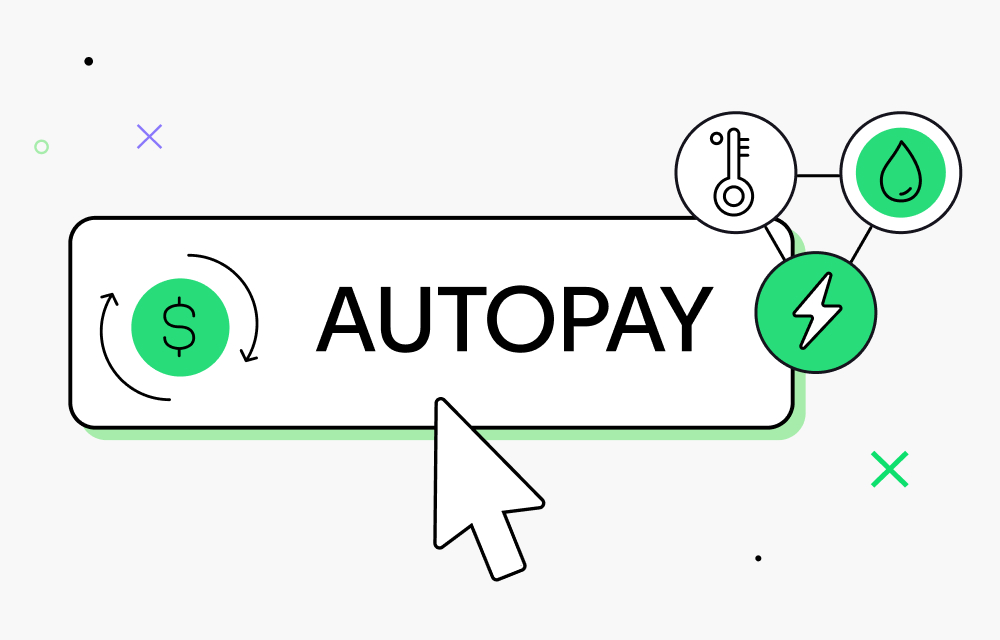Surcharges and the Fight for Lower Processing Fees
COVID-19 has changed the way we live and work. While some of these shifts in technology and consumer experience were already happening prior to the global pandemic, COVID-19 has accelerated their progress. This is true of electronic and contactless payments which experienced noticeable gains in the past two years. In a 2020 report by Nacha, electronic payments increased by 8.2% to 26.8 billion payments, totaling $61.9 trillion. Statista reports In retail e-commerce sales worldwide amounted to 4.28 trillion US dollars in 2020, compared to 3.4 trillion in 2019. The growth has shown no signs of slowing down in 2021.
The changes in the payments landscape have helped merchants respond to new challenges posed by the pandemic: the need for touchless commerce, the need for intuitive digital and mobile banking experiences, etc. But, even with the pandemic eventually subsiding, changes in consumer behaviors will likely stick.
With the growth in digital payments being so sudden, merchants are understandably concerned about security, sustainability, and operational efficiency. Many financial institutions (FIs) were forced to quickly build digital interfaces that were not available previously. In order for FIs to maintain the security and stability that merchants seek, interchange fees, transaction fees applied to debit and credit card purchases, were added to digital payments.
How are Interchange Rates Calculated?
Interchange rates vary by industry but typically amount to about 2-3% of total revenue. The fees are so high because, in addition to FIs, payment processors, gateways, and the merchant's own bank also charge a fee on every transaction. Although the fee appears as a bundled amount, there are about 300 different fees that makeup the interchange fee. Variance in the final amount depends on a variety of factors including debit vs. credit card, standard vs. rewards card, type of business, and owner of the card.
What Industry Is Most Affected?
Interchange rates typically have two components: a percentage of the sale and a fixed amount. Industries with lower average sales, therefore, are most impacted by the fees. Restaurants, convenience stores, and grocery stores are some industries hit hardest by the fees because the fixed amount has a disproportionate impact on smaller sales. Other industries, particularly ones that have come to rely on electronic payment during the pandemic, are also hit hard by the rates. This includes ecommerce and subscription services.
Increased Rates: Backlash and Controversy
While many merchants have accepted interchange fees as the cost of doing business, others have argued that the fees are too high. Dissatisfaction has only increased as Visa, Mastercard, and Discover increased processing fees in April 2021, despite an initial decision to delay rate changes. Transactions most affected were card-not-present transactions including eCommerce, mobile-based app payments, automatically scheduled payments (subscription-based), and more.
Analysts at CMSPI estimate that Visa’s newly-implemented cost structure change will result in an $842 million annual increase in processing fees for merchants. Similarly, rate changes by Mastercard are expected to cost merchants close to $329 million annually. While the interchange rate changes are increasingly more complicated, for a widely-used Visa card transaction of $100, the processing costs will increase from $1.90 to $1.99. Powerful retailers like Amazon and Walmart are beginning to take on the card brands arguing that processing costs should be going down with continued innovation, not up.
Open Banking Provides Relief from Climbing Rates
Traditional card payment models leave merchants to bear the brunt of the fees associated with the economics of the payments market. Within this two-sided model, there are rampant issues including a lack of pricing transparency, unhealthy competition, and lack of regulation. And while payments innovation has continued to benefit the consumer, most payment experiences still rely on the existing card networks.
Imagine a world where processing fees are significantly reduced because merchants and customers could exchange funds without the card networks, acquirers, and issuers in between. With account-to-account (A2A) payments, powered by Open Banking technology, merchants can move money between bank-accounts in real-time, bypassing all the card networks and their associated fees. The Open Banking industry has continued to grow over time, showing increased adoption during the pandemic and has been amplified by regulation around the world.
With customer choice at the center of the Open Banking strategy, it is the perfect technology to challenge the status quo of ever-increasing interchange fees. Trustly is committed to helping merchants thrive and providing their consumer’s with payment options that support their financial health goals. Our digital account-to-account platform redefines the speed, simplicity and security of payments, linking some of the world’s most prominent merchants with consumers directly from their online banking accounts.










